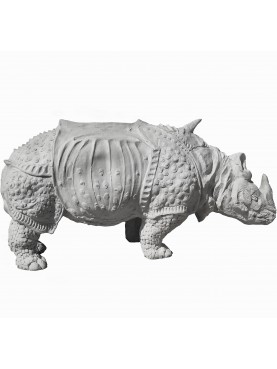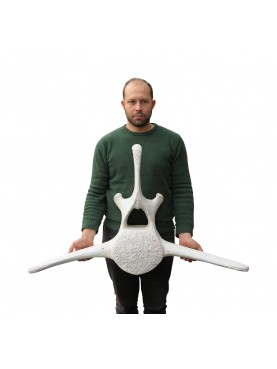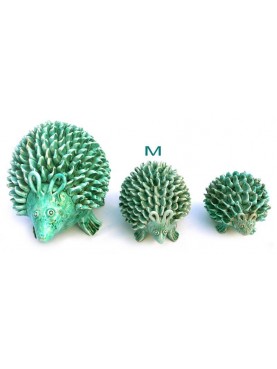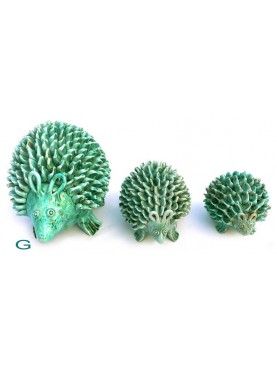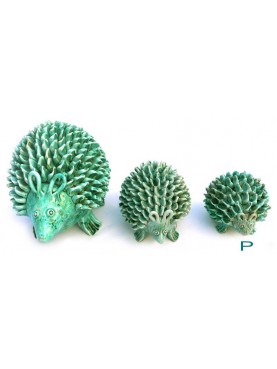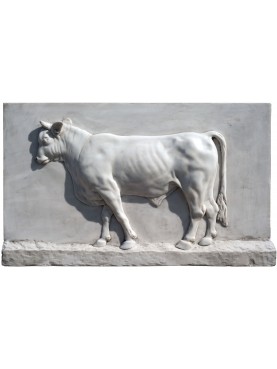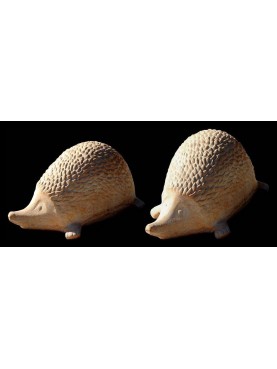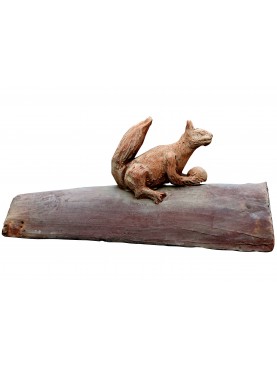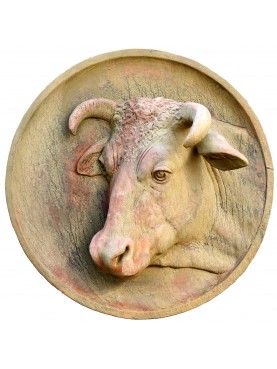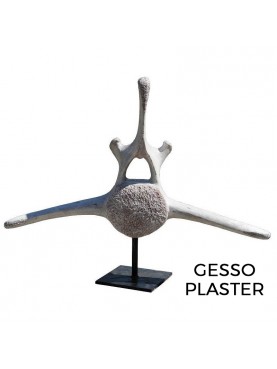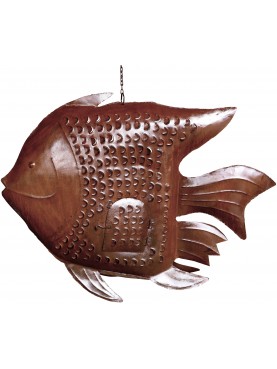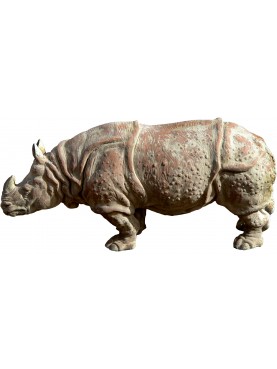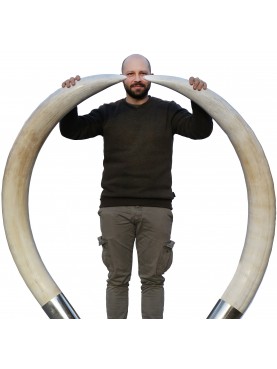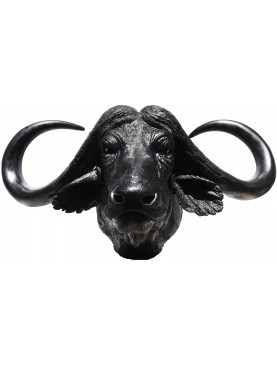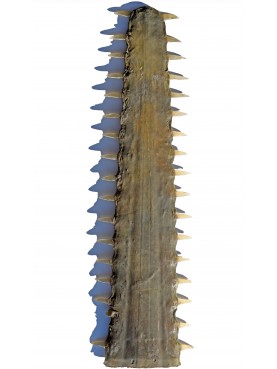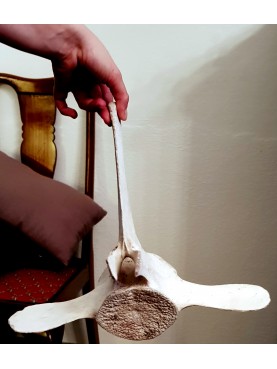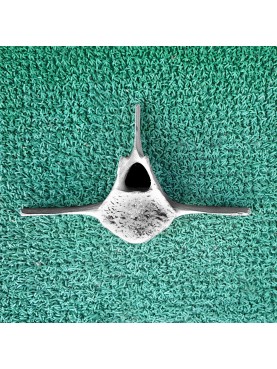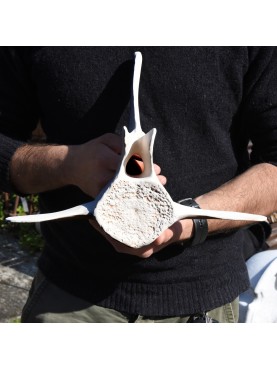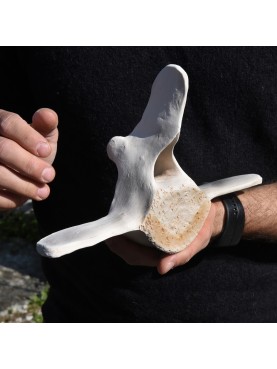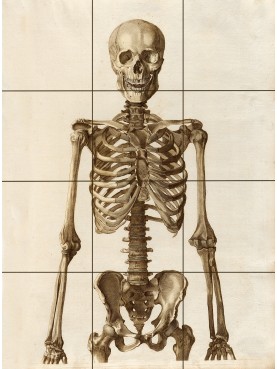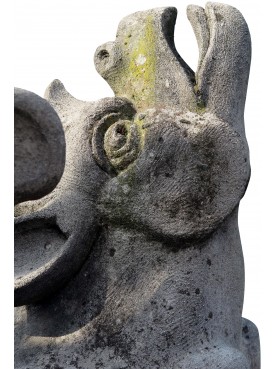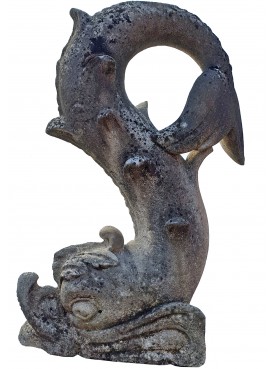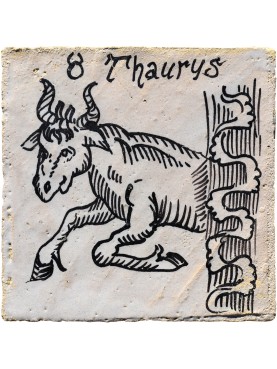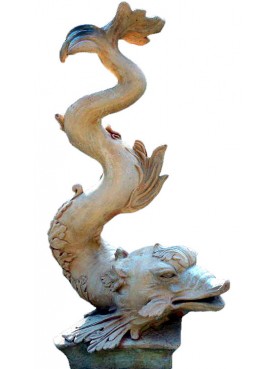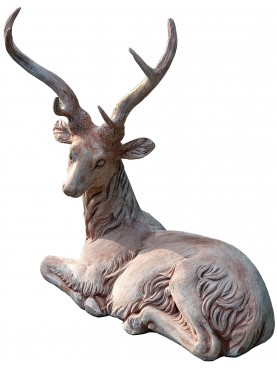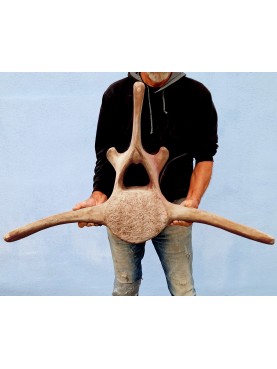Maremma breed cow with cattle egret - weathervane
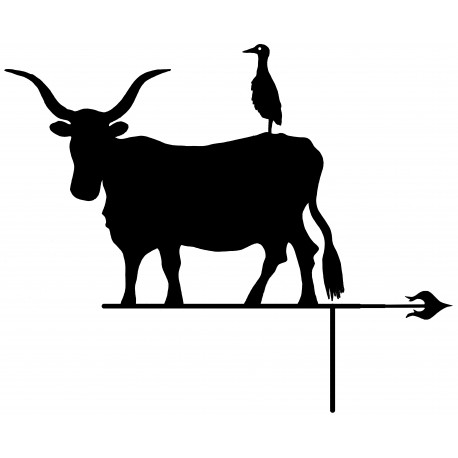 View larger
View larger Data sheet
| Height | 39.37 in | 100 cm |
| Length | 39.37 in | 100 cm |
| Weight | 17.64 lbs | 8 Kg |
| Manufacturing | Recuperando srl | |
| Material | Wrought iron |
More info
The Maremmana is a breed of cattle reared in the Maremma, a former marshland region in southern Tuscany and northern Lazio in central Italy. It is raised principally in the provinces of Grosseto, Rome and Viterbo. Primitive lines of Maremmana cattle may be called Maremmana Primitiva, and are classed as a Tipo Genetico Autoctona e Antica ("ancient and autochthonous genotype").
The origins of the Maremmana breed are entirely obscure. Some sources maintain that the Maremmana descends from the Bos taurus macrocerus of which archeological evidence is preserved in the Etruscan remains of Caere and Vetulonia, with a later admixture of Podolic cattle brought into the Italian peninsula by the Huns and other invaders from the East. Others suggest that the Maremmana is a direct descendant of those Asiatic grey cattle, while still others maintain that it descends directly from the aurochs, Bos primigenius primigenius.
For centuries large herds of Maremmana cattle were raised in the malarial marshlands of the Maremma, herded by the butteri, the mounted herdsmen of the region. Between 1737 and 1859 Tuscany was ruled by the Habsburg Grand-Dukes, who sent Maremmano bulls to their estates in Hungary to improve their Hungarian Grey Cattle. Following the drainage of the marshes in the Battle for Land of the Fascist era, and consequent destruction of the wetland habitat, efforts were made to improve the breed, and in particular to increase its body weight, with considerable success. A herd book for the breed was opened in 1935.
The Second World War and the mechanisation of agriculture caused a rapid fall in breed numbers. In 1956, a population of 157,387 head was recorded; in 2006, total breed numbers were 8812. In recent years there has been new recognition of the perfect adaptation of the breed to the harsh terrain and poor pastures of the Maremma, where the Maremmana is capable of surviving in a semi-feral state throughout the year with only minimal management on land that would otherwise be abandoned. At the end of 2012 the total number recorded in the herd book for the breed was 9801
Source: Wikipedia
The cattle egret (Bubulcus ibis) is a cosmopolitan species of heron (family Ardeidae) found in the tropics, subtropics and warm temperate zones. It is the only member of the monotypic genus Bubulcus, although some authorities regard two of its subspecies as full species, the western cattle egret and the eastern cattle egret. Despite the similarities in plumage to the egrets of the genus Egretta, it is more closely related to the herons of Ardea. Originally native to parts of Asia, Africa and Europe, it has undergone a rapid expansion in its distribution and successfully colonised much of the rest of the world in the last century.
It is a white bird adorned with buff plumes in the breeding season. It nests in colonies, usually near bodies of water and often with other wading birds. The nest is a platform of sticks in trees or shrubs. Cattle egrets exploit drier and open habitats more than other heron species. Their feeding habitats include seasonally inundated grasslands, pastures, farmlands, wetlands and rice paddies. They often accompany cattle or other large mammals, catching insect and small vertebrate prey disturbed by these animals. Some populations of the cattle egret are migratory and others show post-breeding dispersal.
The adult cattle egret has few predators, but birds or mammals may raid its nests, and chicks may be lost to starvation, calcium deficiency or disturbance from other large birds. This species maintains a special relationship with cattle, which extends to other large grazing mammals; wider human farming is believed to be a major cause of their suddenly expanded range. The cattle egret removes ticks and flies from cattle and consumes them. This benefits both species, but it has been implicated in the spread of tick-borne animal diseases.
Suurce: Wikipedia



